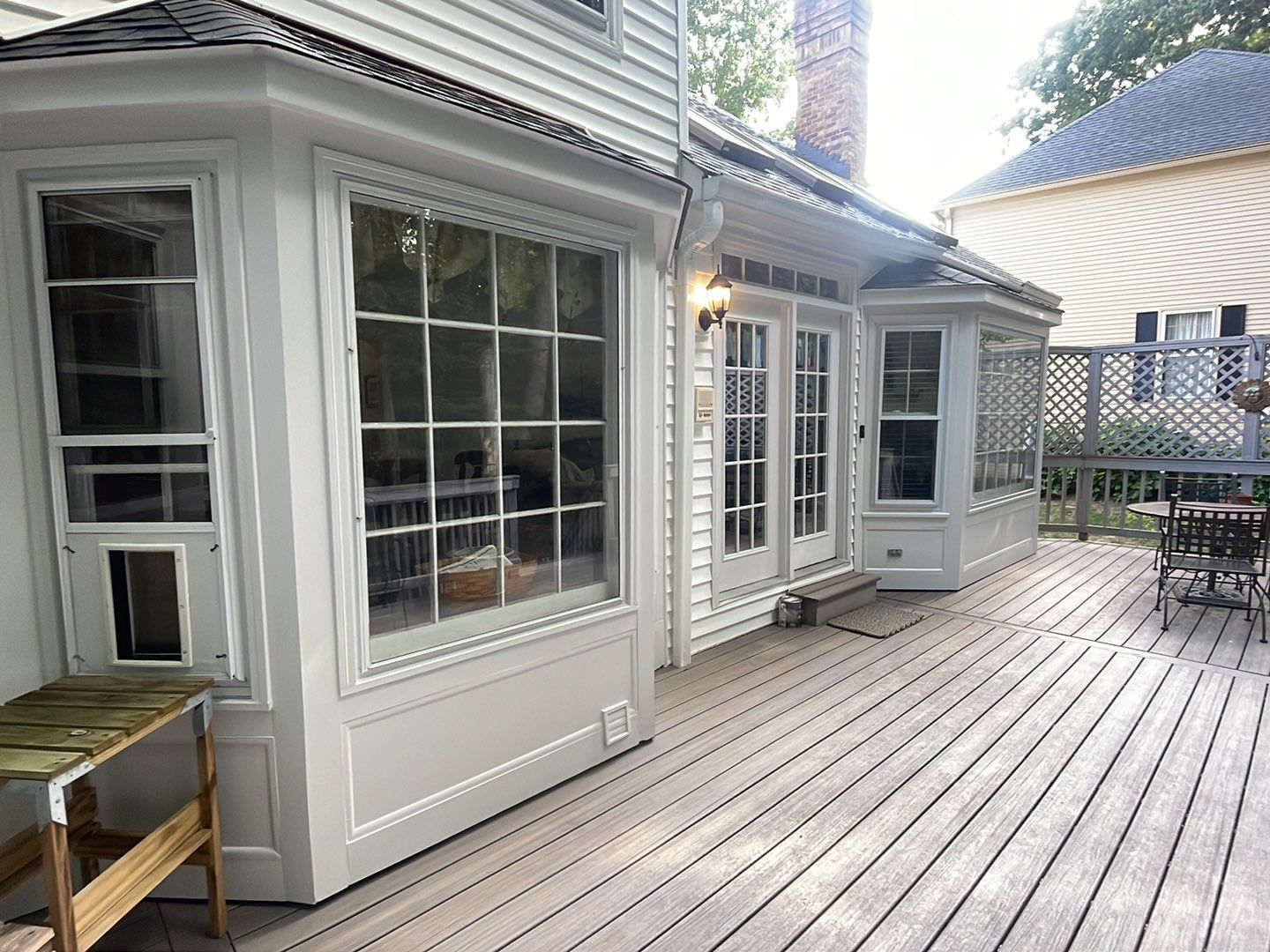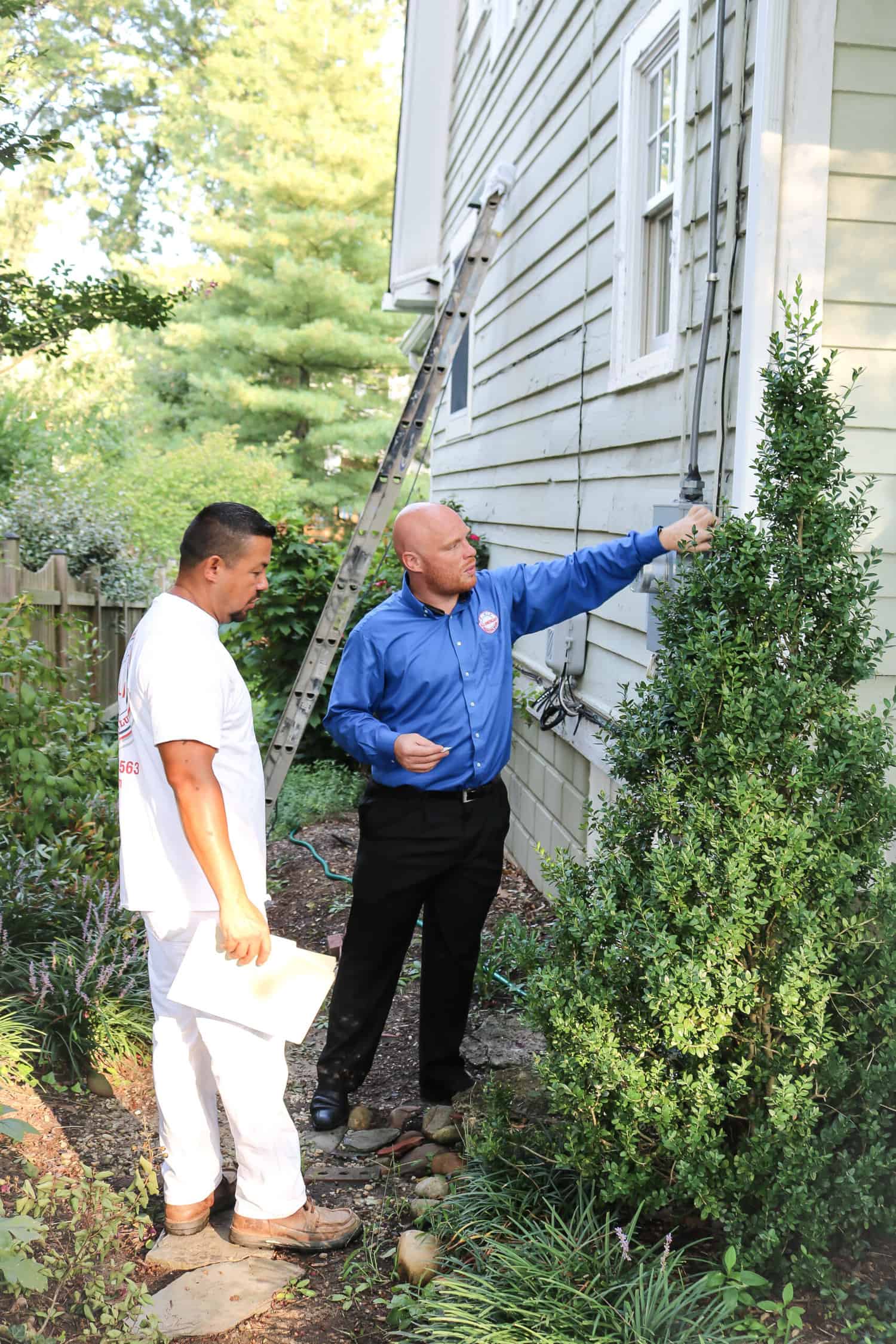New drywall is great, but once it’s up you’re not going to want to look at it for long. Before you get ahead of yourself and start painting, however, you’ll need to prime the walls. Fortunately, priming drywall is a fairly straightforward process. If you don’t have the time or confidence to do it yourself, though, you can always hire painting contractors. For those of you who want to do it yourself, you should at least know how the pros do it. You might find some of these tips useful as you start priming.
1. Remove Dust from Walls
Before anything, make sure the drywall is clear of dust. The new material is bound to have some chalky residue coating the surface. If left this way, your paint job won’t be as smooth or adhesive, and you’ll be left with some ugly bumps. Simply vacuum the surface and then wipe it down with a microfiber cloth, making sure to hit every spot. For a really thorough cleaning, you can use a sponge with a little bit of soapy water after the initial dusting.
2. Gather Priming Materials
Once the drywall is silky smooth, you need to get the proper tools for priming. Painting service providers will have a paint tray, tray liner(s), roller, new roller head(s), extension pole, new brushes, a stir stick, can opener, and, of course, the necessary amount of primer. All of this might seem obvious, but even missing one of these tools or not having enough primer will force you to make an extra trip or two and waste time that you could spend priming the walls.
3. Start by Cutting In
With all your materials at the ready, you can begin the priming process. Before you tackle the brunt of the drywall surface, you have to cut in the corners and areas such as outlet holes. Following the lead of professional painters, use a medium-sized brush and dip just about a half-inch of the bristles in the paint to get started. Then, paint from about an inch or two away from the wall and gradually come into the corner. Once the corner is evenly covered, do the same for any other areas that need cutting.
4. Start Covering Walls with a Roller
Now, it’s finally time to get rolling. Pour enough primer into the tray and then carefully cover all sides of the paint roller evenly, avoiding excess. Professional home painters will then start where the primer has already been cut in, and then roll from bottom to top, then top to bottom, evenly covering every inch of the drywall and re-filling the roller when necessary. It’s best to prime one wall at a time, not taking extended breaks in the middle of priming a wall.
5. Let Primer Dry
Once the drywall is fully and evenly covered, the primer has to fully dry. Dry times will vary depending on the material and brand of primer, as well as the temperature and humidity levels in the home.
6. Sand Down Imperfections
Even after the primer is dry, it isn’t quite time to start interior painting. Now is a good time to sand down the wall to remove any bumps left by the primer or revealed in the drywall. Again, the smoother the surface, the better the finished paint job will be. When you’re finally left with a smooth, primed surface, you or your painting services can finally begin painting!
If you follow these steps and work methodically, you’ll have your drywall primed and ready for painting in no time. Of course, if you would rather leave the priming and painting to the pros, reach out to All American Painting Plus. In fact, we repair and replace drywall as well. No matter your home improvement needs, from hanging drywall to applying the final coat of paint, we have you covered. Call us at 703-620-5563 or email us at info@aapplus.com for more information!












